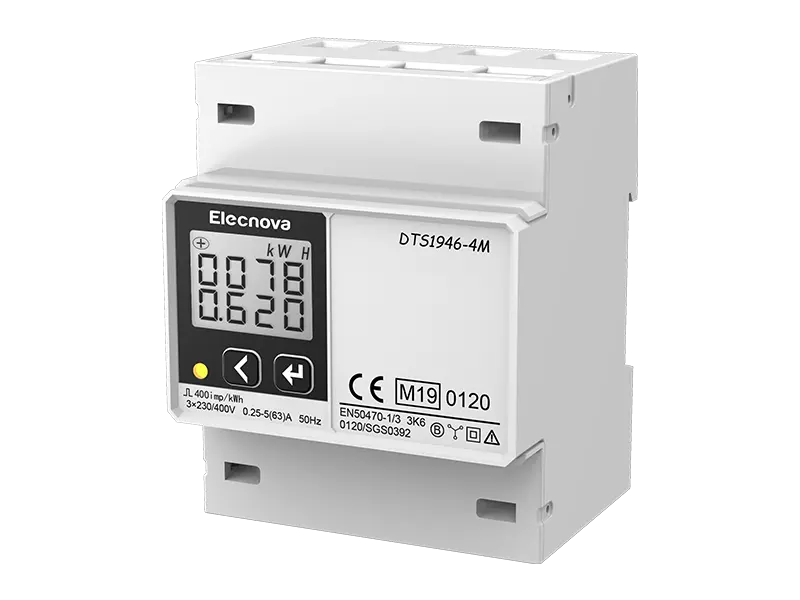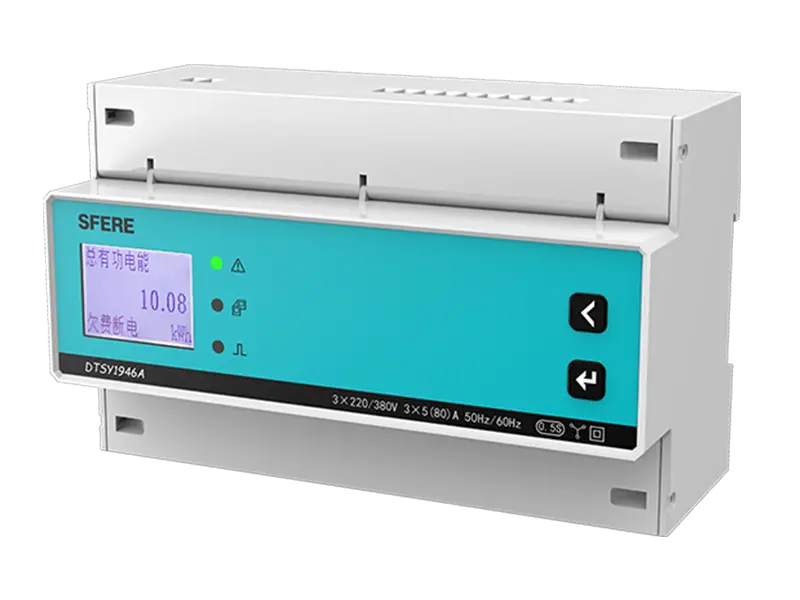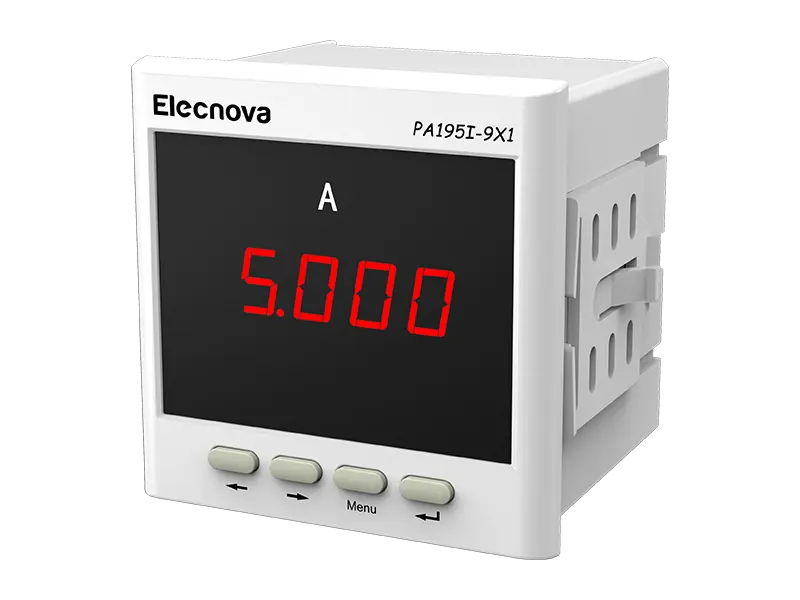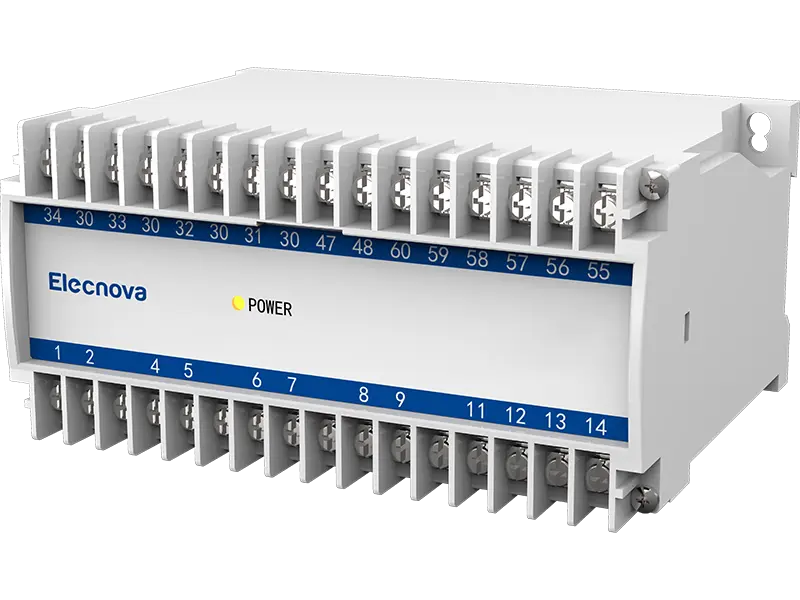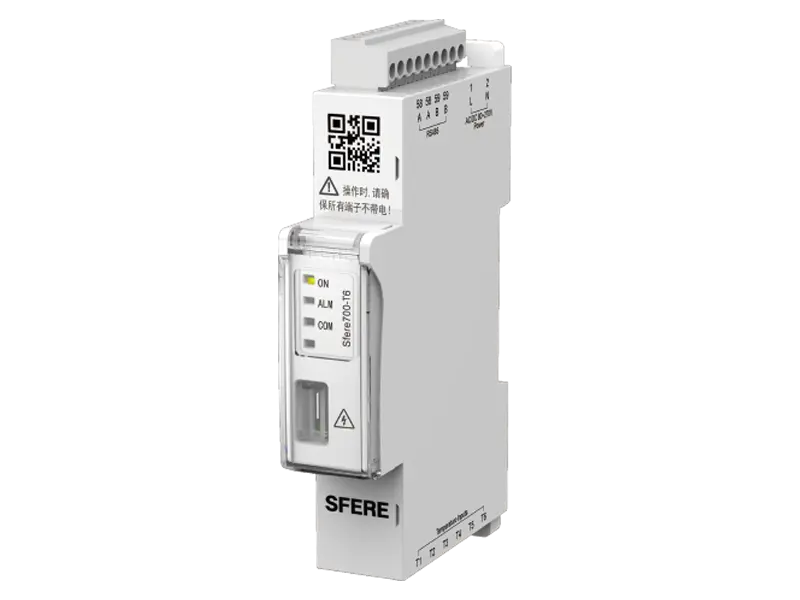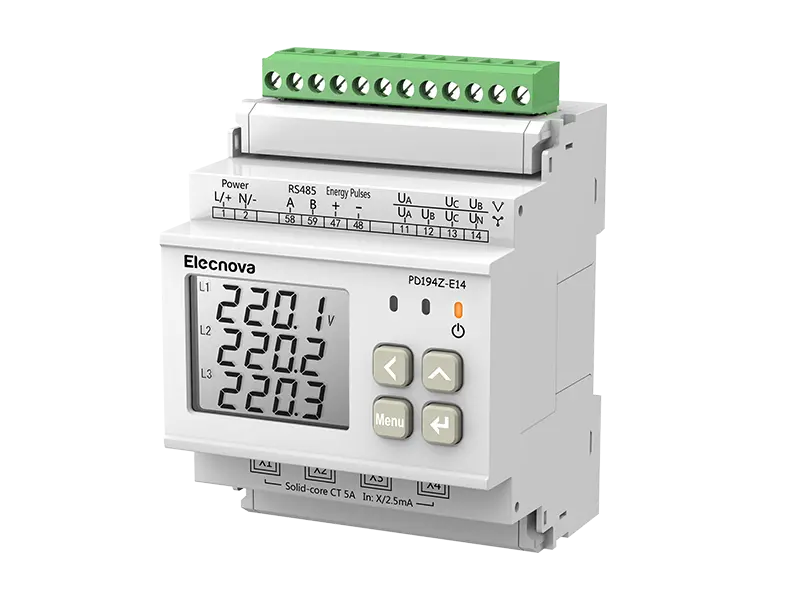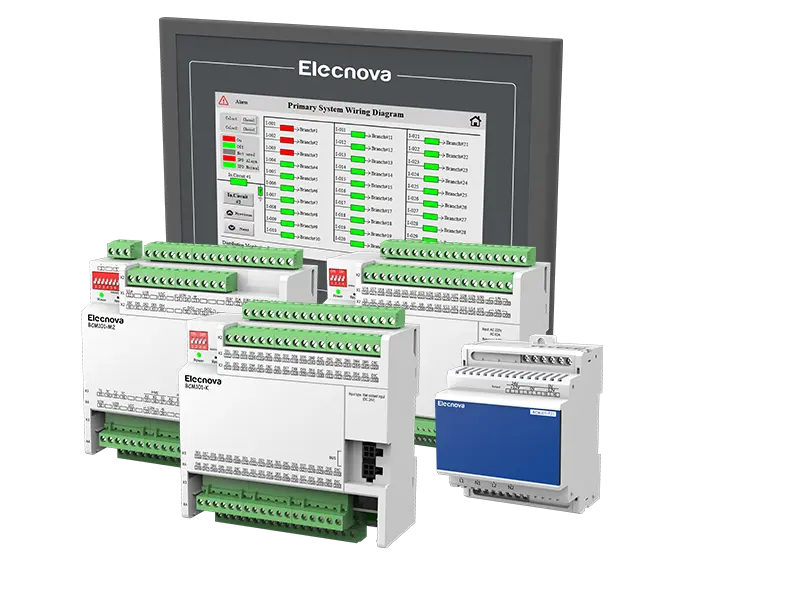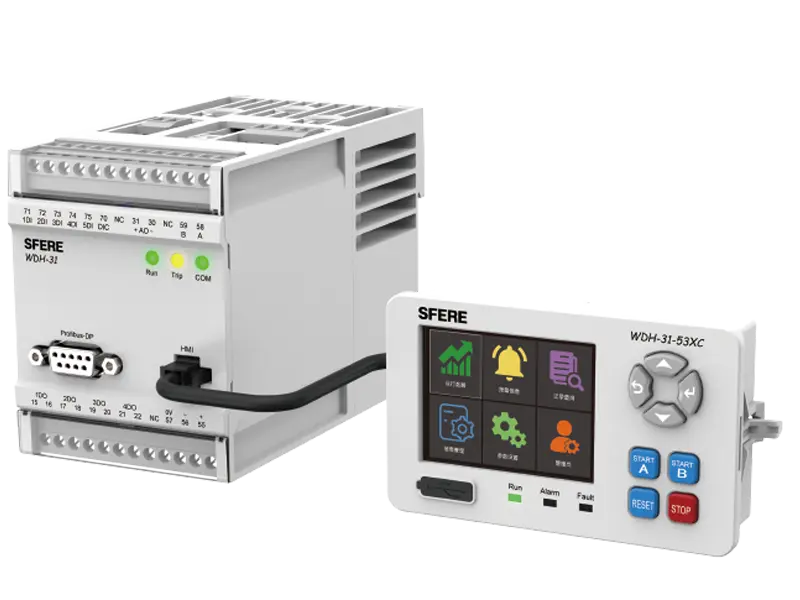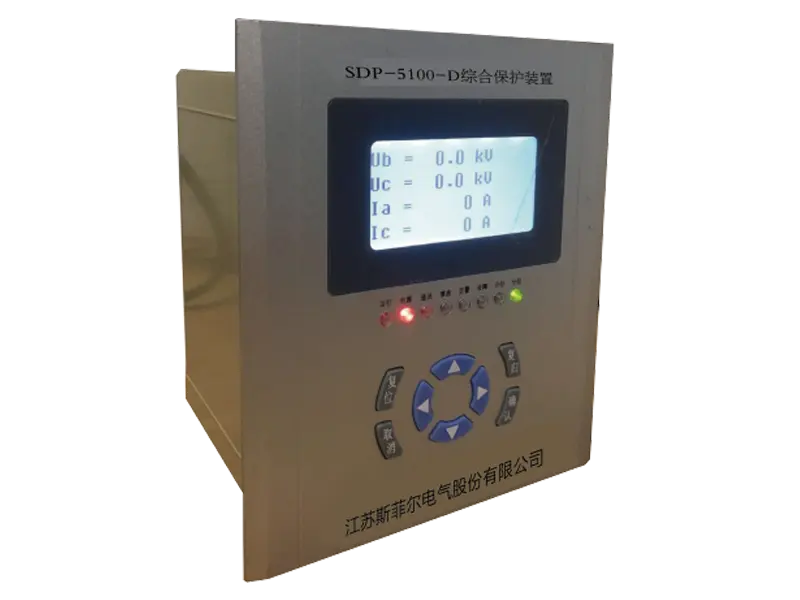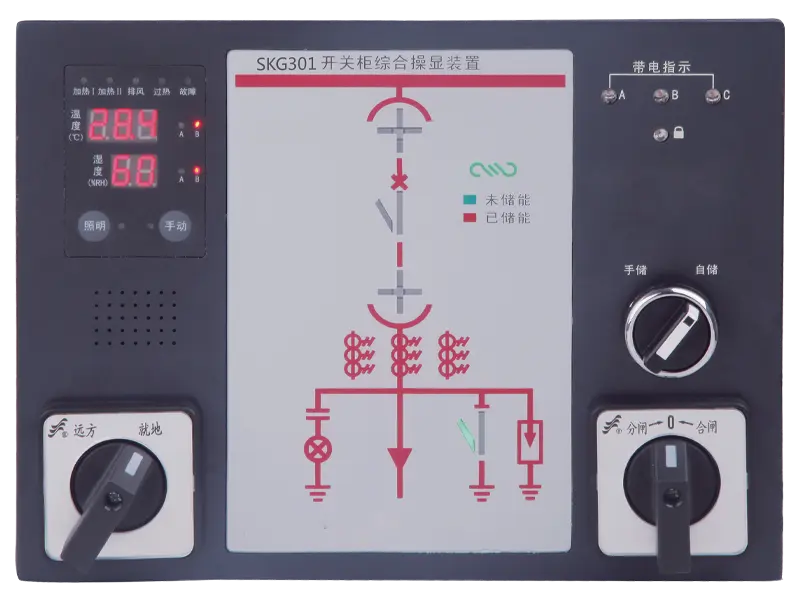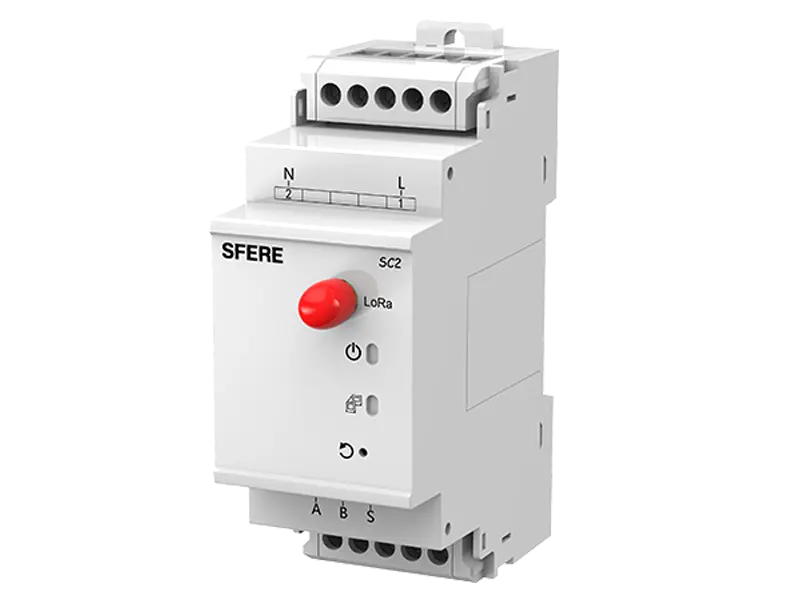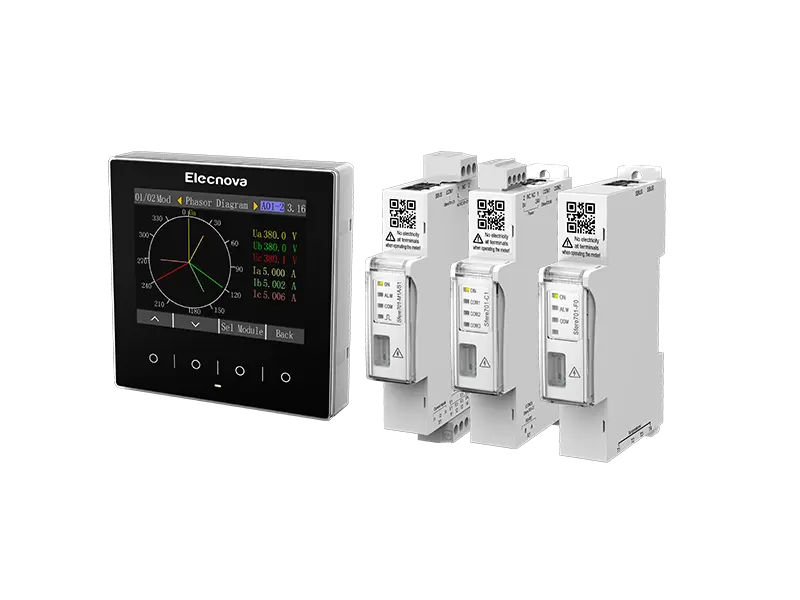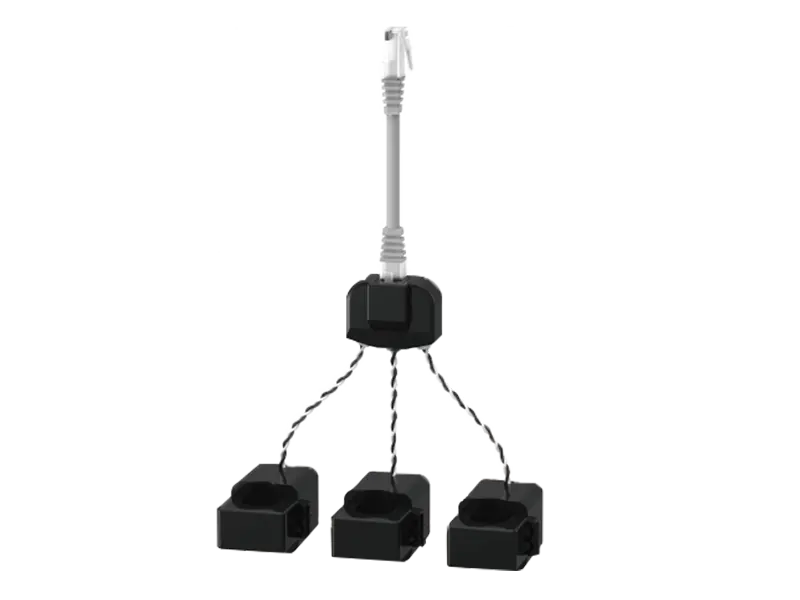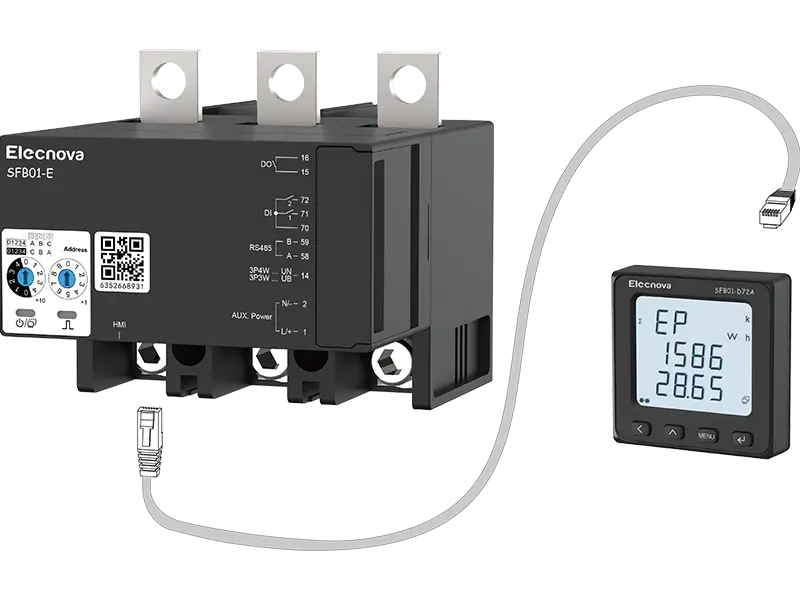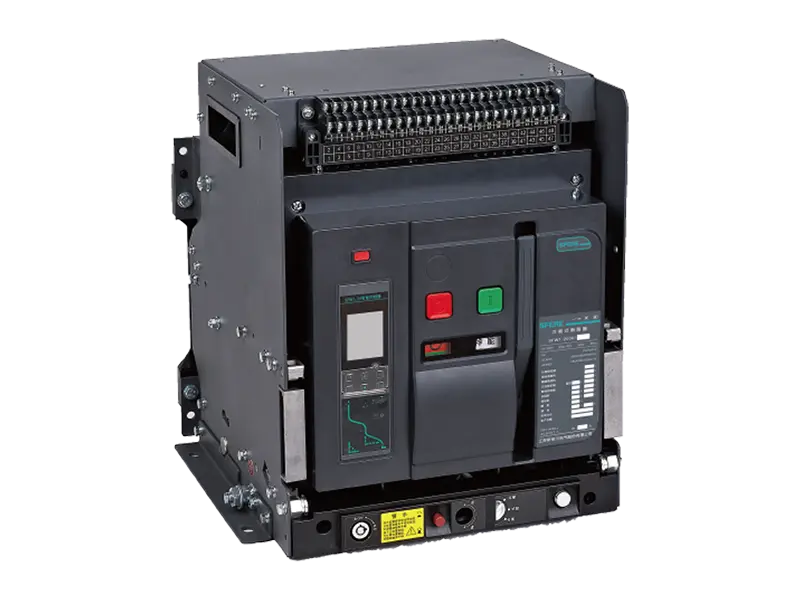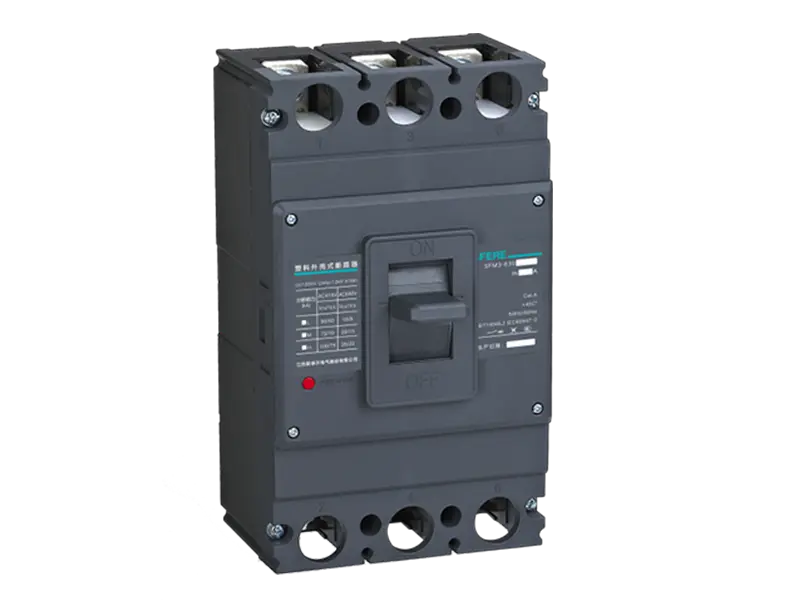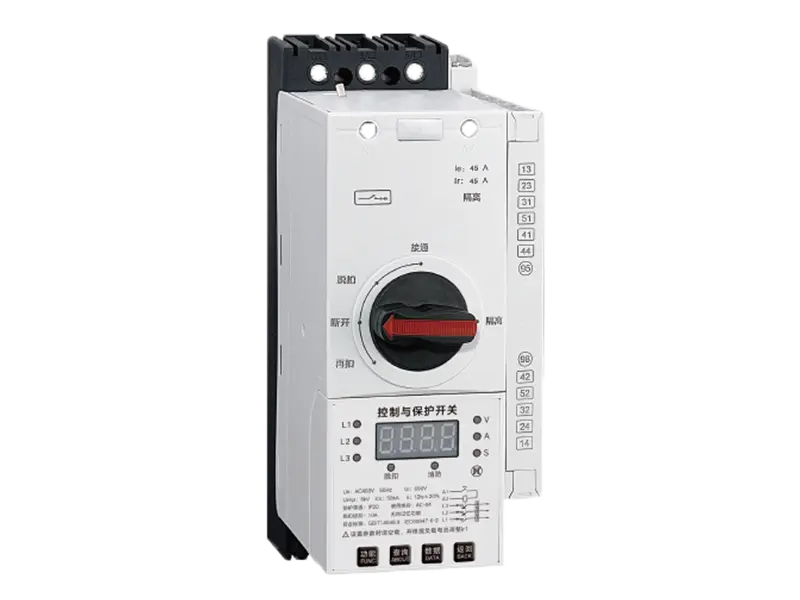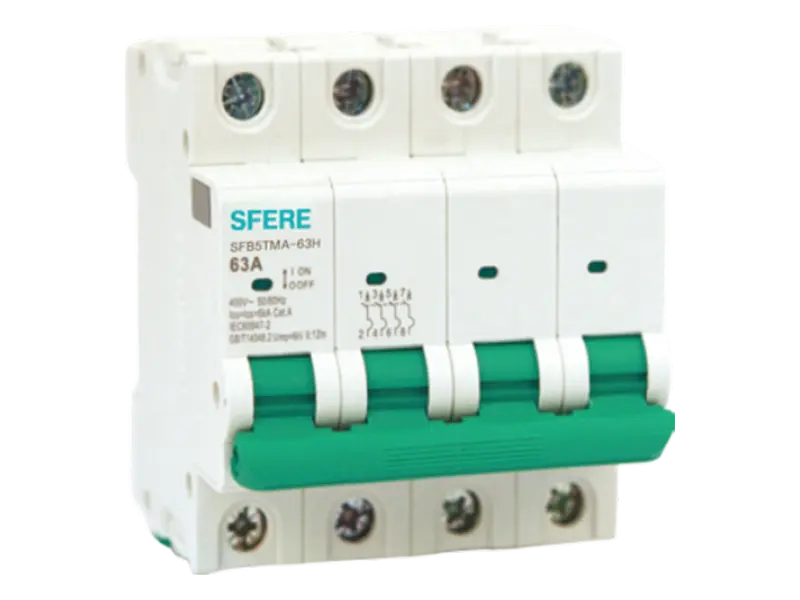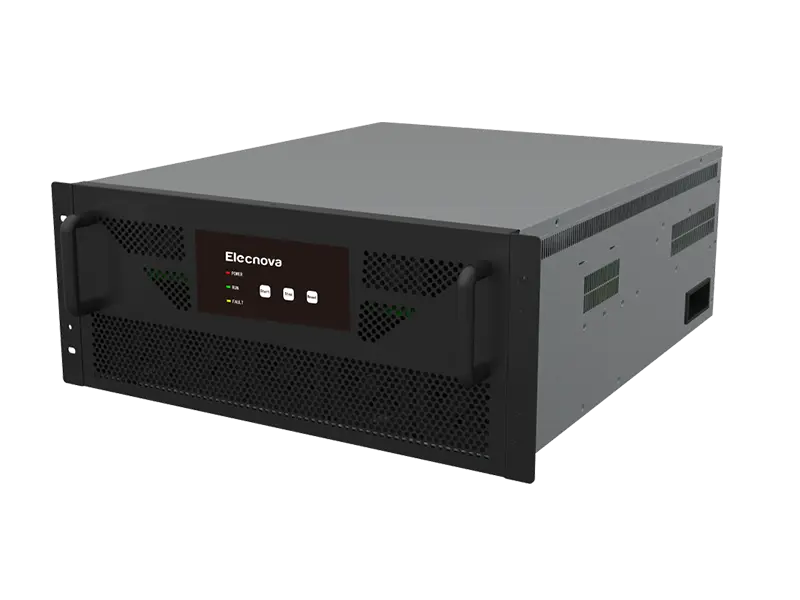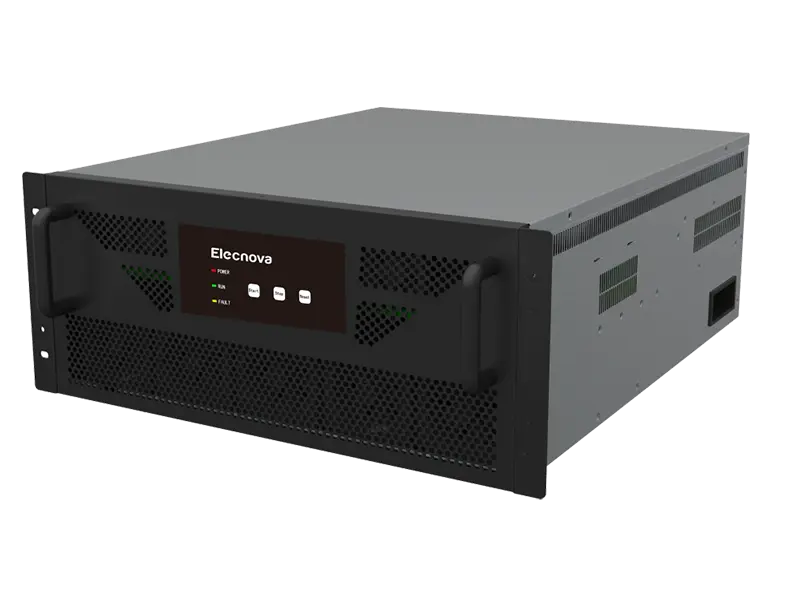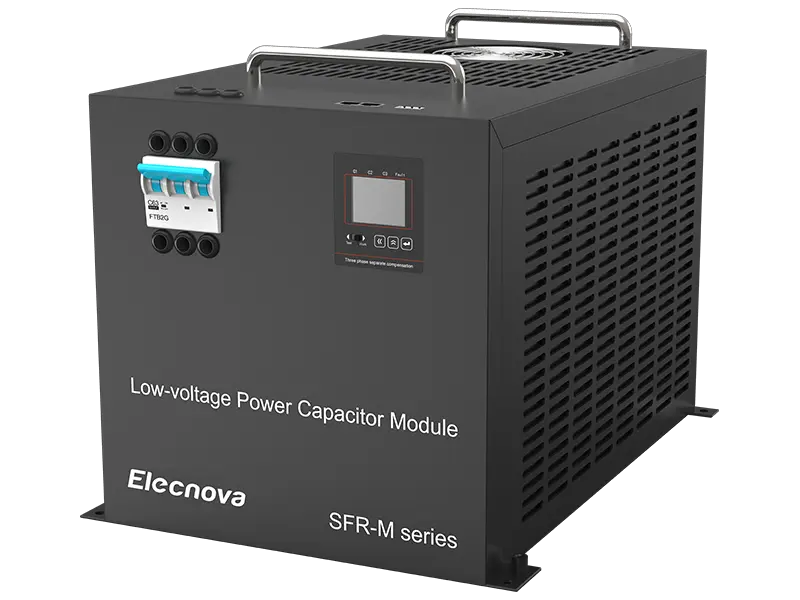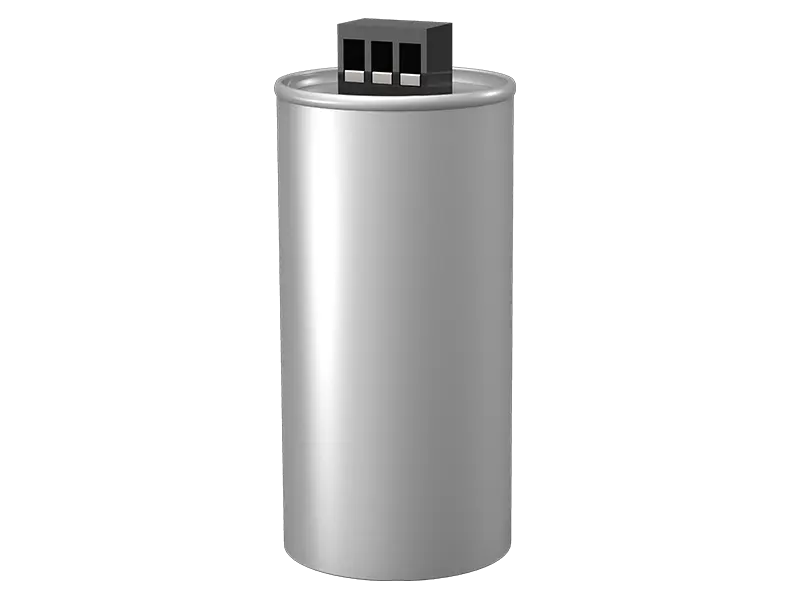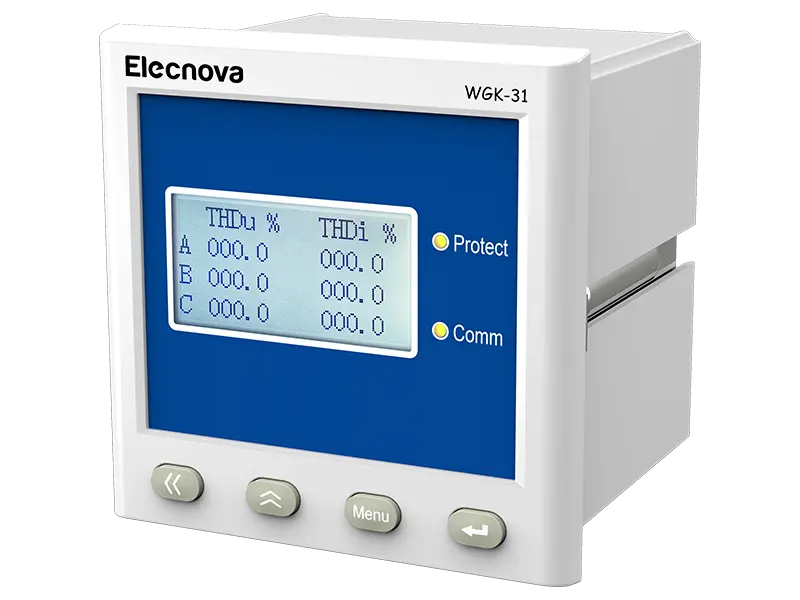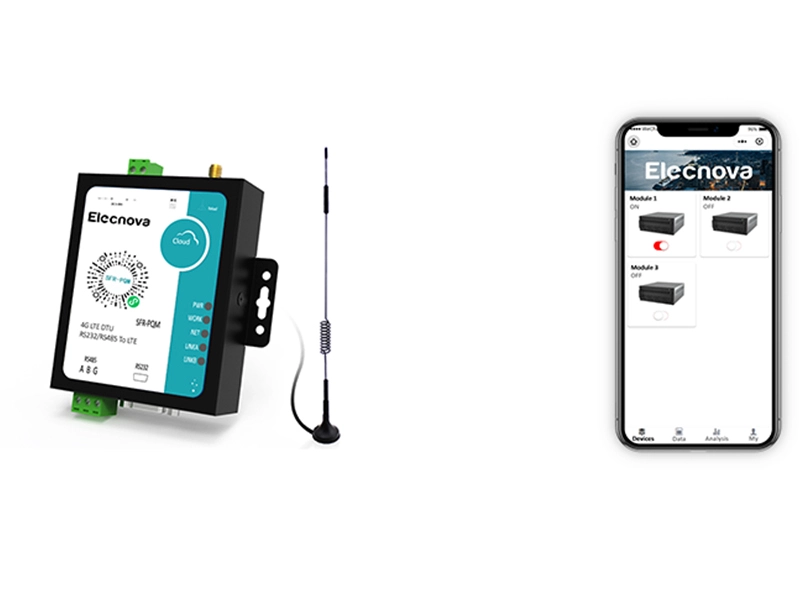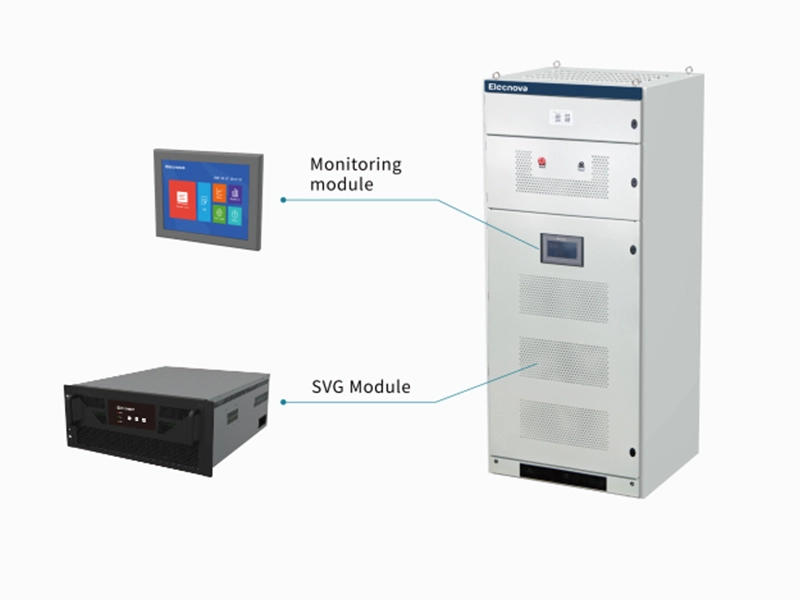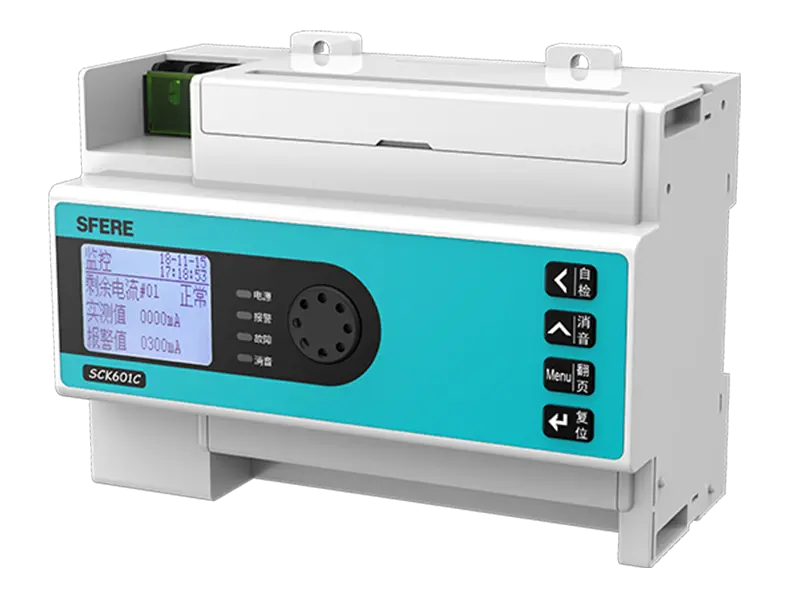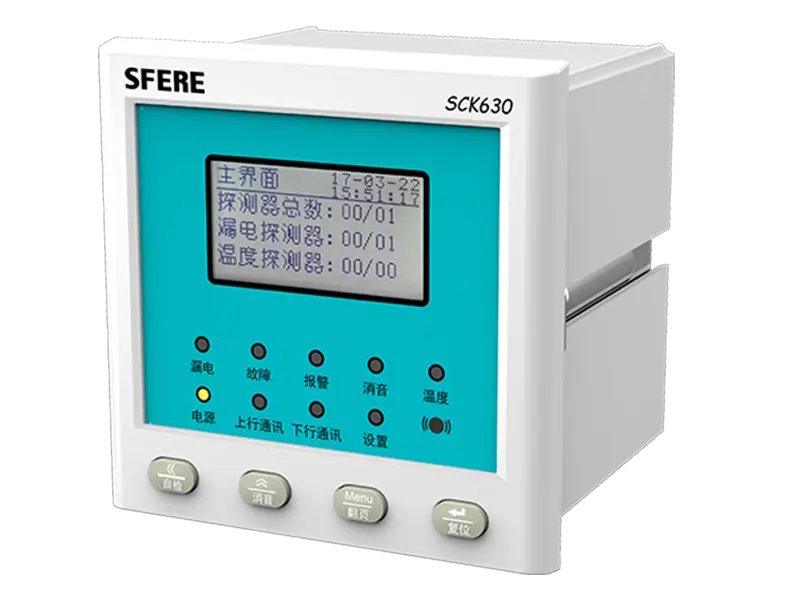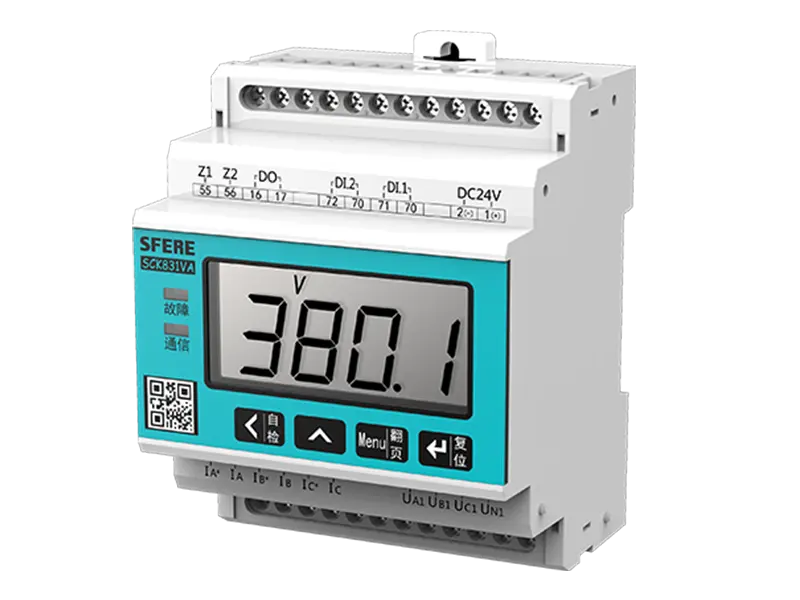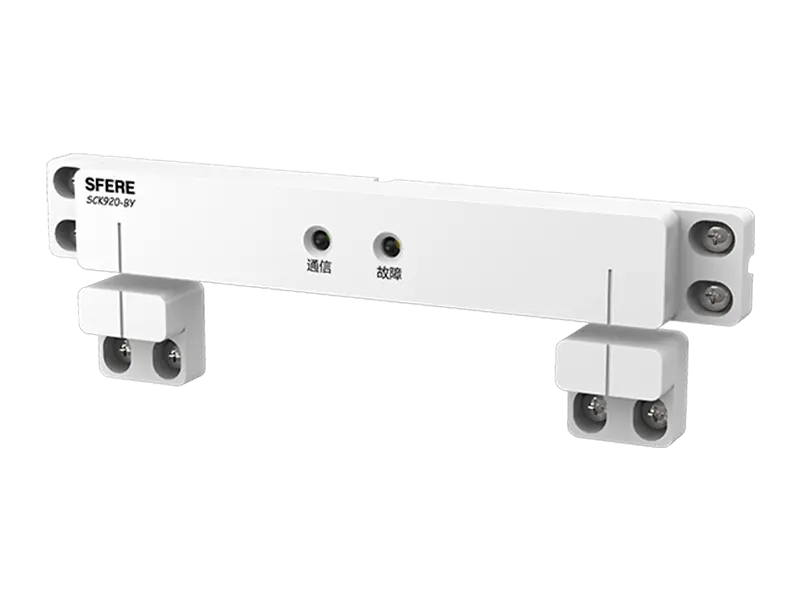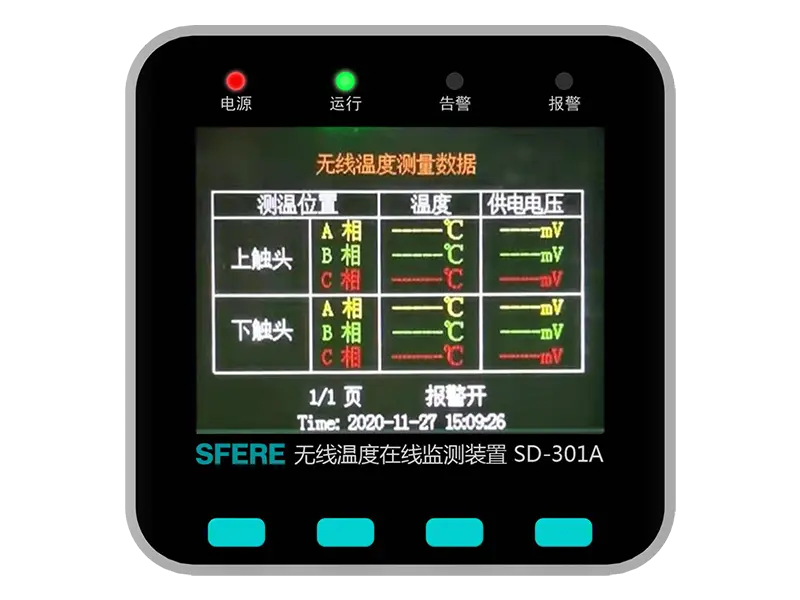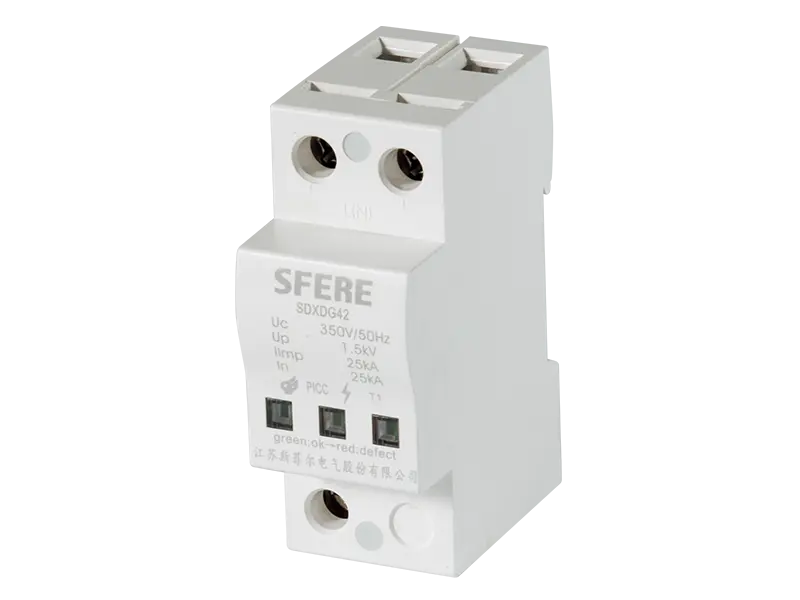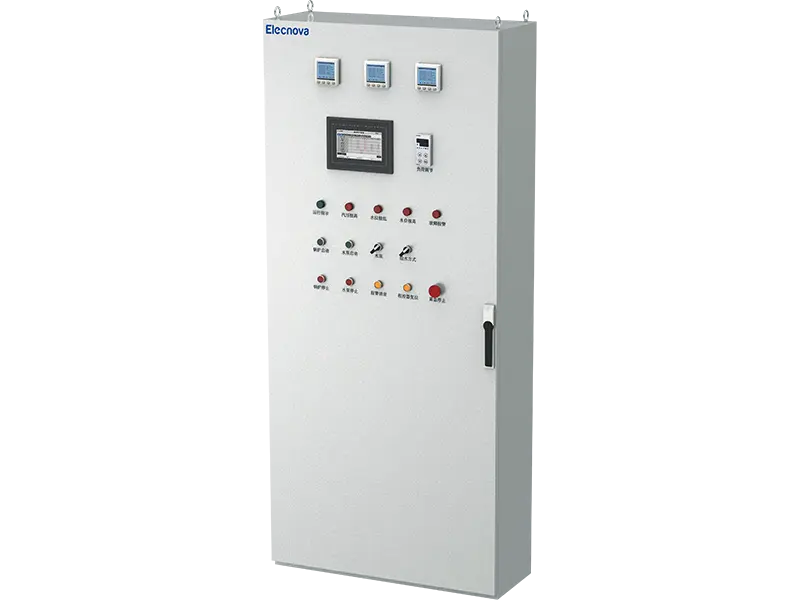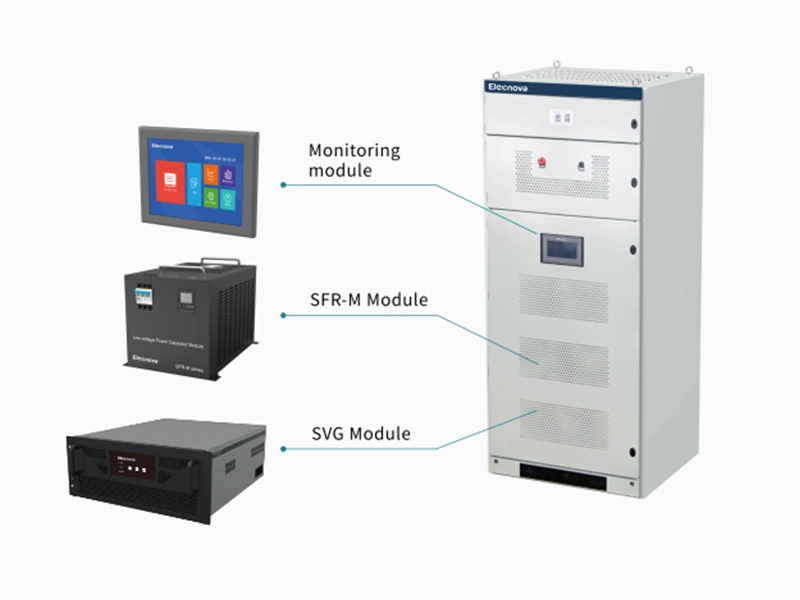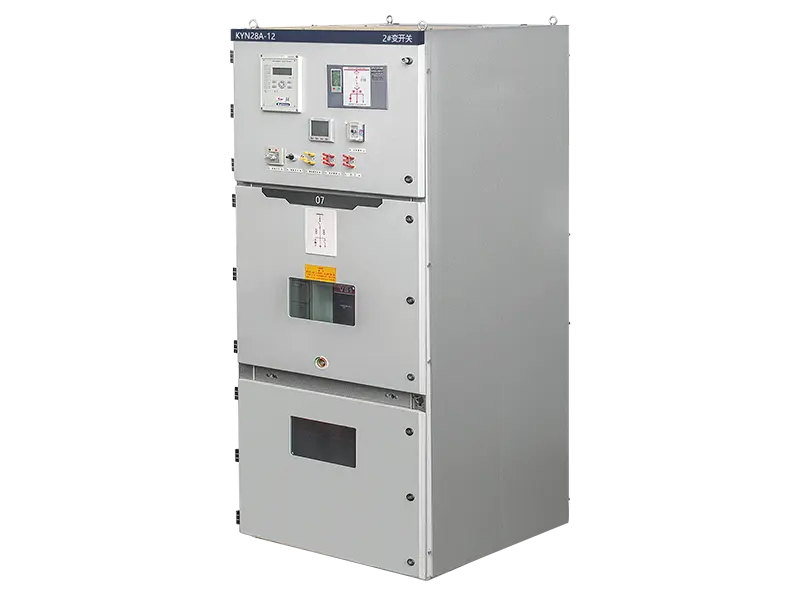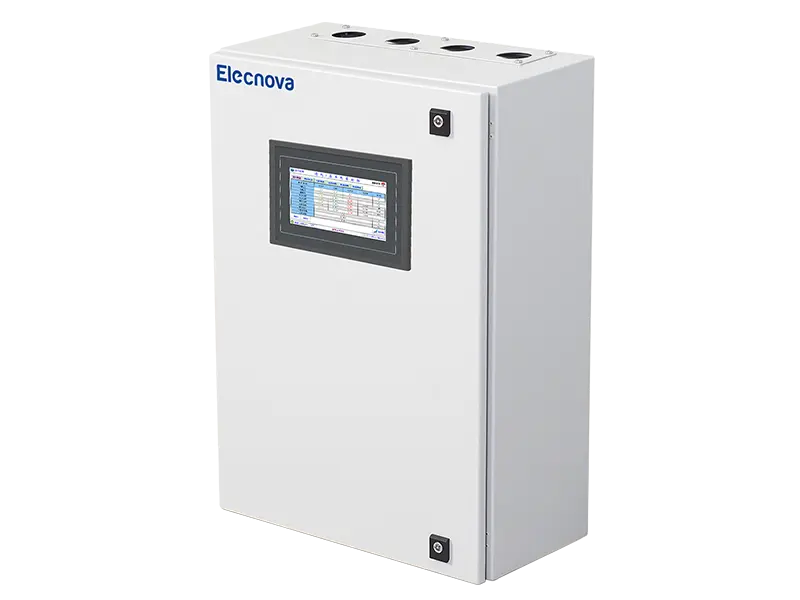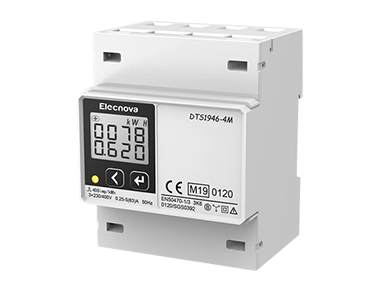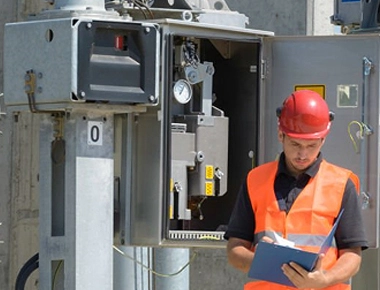The working principle of a Static Var Generator (SVG) involves the generation or absorption of reactive power to compensate for fluctuations in the reactive power demand of an electrical system. SVGs utilize power electronics components, such as insulated gate bipolar transistors (IGBTs), to control the flow of reactive power in the system. Here's a detailed explanation of the working principle of an SVG:
1. Reactive Power Control: The primary function of an SVG is to provide reactive power compensation to stabilize voltage levels and improve power factor in the electrical network. Reactive power is required to support the operation of inductive loads such as motors, transformers, and induction furnaces. SVGs can generate or absorb reactive power as needed to maintain voltage stability and meet the reactive power demand of the system.
2. Power Electronics Components: SVGs use power electronics components, such as IGBTs, to control the flow of reactive power. These components are capable of switching on and off rapidly, allowing the SVG to inject or absorb reactive power in a controlled manner.
3. Voltage Sensing: SVGs continuously monitor voltage levels in the electrical system using voltage sensors. They compare the measured voltage with a reference voltage to determine the reactive power demand of the system.
4. Control Algorithms: SVGs employ advanced control algorithms implemented in digital signal processors (DSPs) or microcontrollers to determine the reactive power output required to meet the system's demand. These algorithms analyze the voltage measurements and calculate the appropriate reactive power compensation needed.
5. IGBT Control: Based on the output of the control algorithms, the SVG adjusts the firing angle of the IGBTs to control the flow of reactive power. By varying the timing of the IGBT switching, the SVG can inject or absorb reactive power in response to changes in the system's reactive power demand.
6. Dynamic Response: SVGs have a fast response time, allowing them to quickly adjust reactive power output in real-time to changes in system conditions. This rapid response capability is essential for maintaining voltage stability and power quality in dynamic electrical networks with fluctuating loads.
7. Harmonic Mitigation: In addition to reactive power compensation, SVGs can also mitigate harmonics in the electrical system. By injecting compensating currents with opposite phase to cancel out harmonic currents generated by nonlinear loads, SVGs effectively reduce harmonic distortion in the system.
Overall, the working principle of a Static Var Generator involves the controlled generation or absorption of reactive power to stabilize voltage levels, improve power factor, and mitigate harmonics in the electrical network. By dynamically adjusting reactive power output in response to changes in system conditions, SVGs play a critical role in ensuring reliable and efficient operation of electrical power systems.


